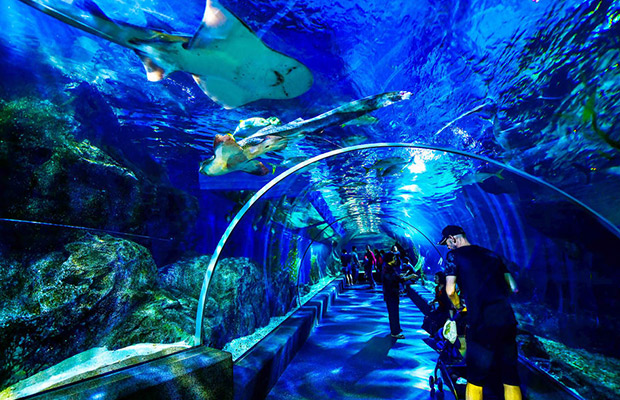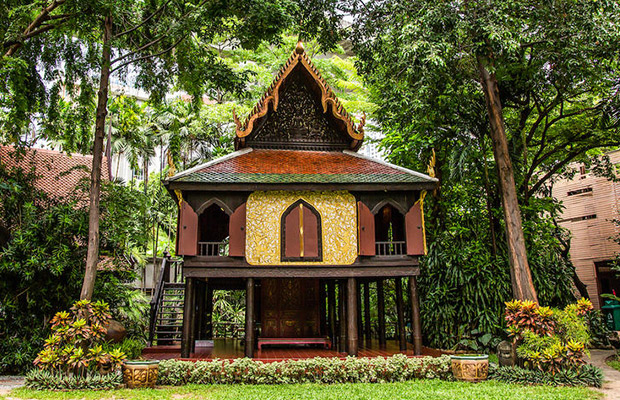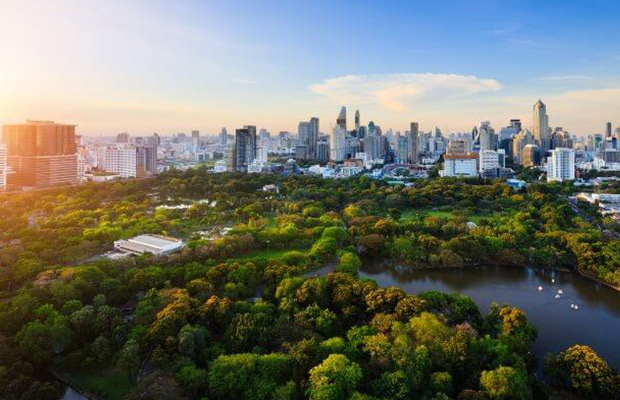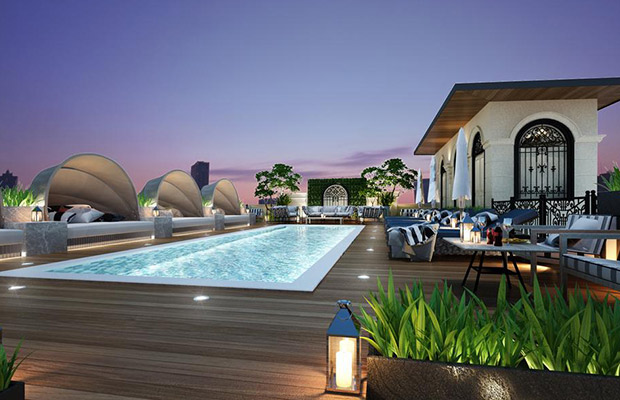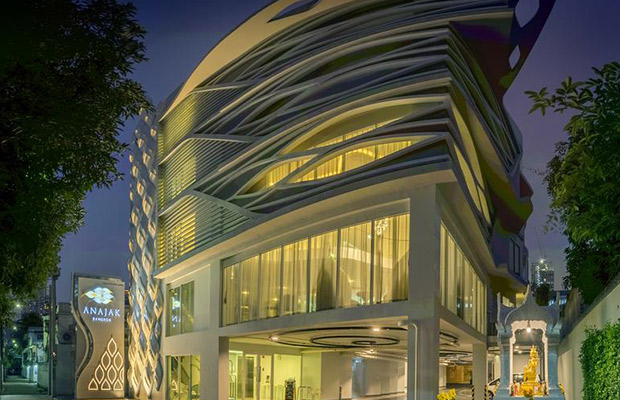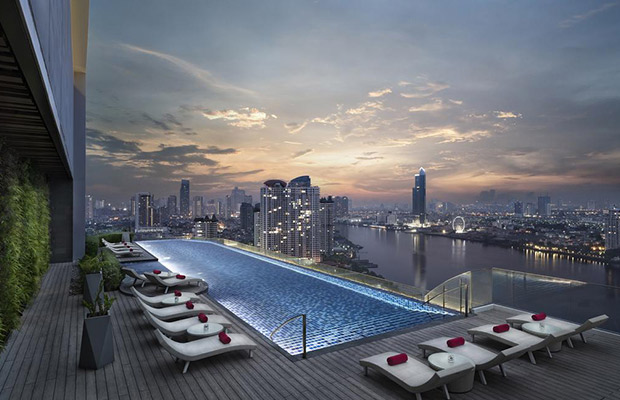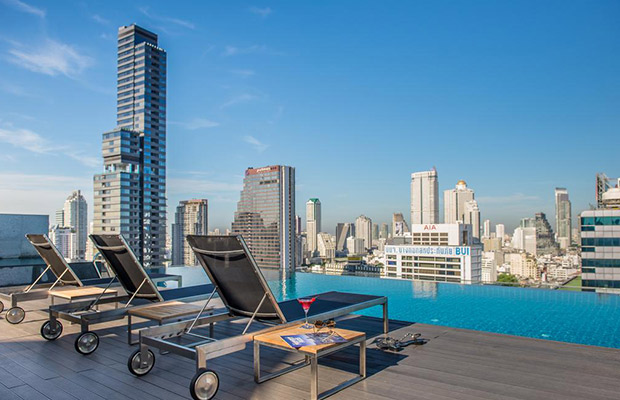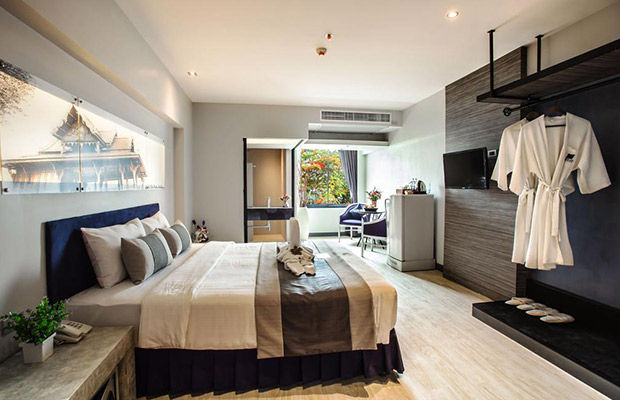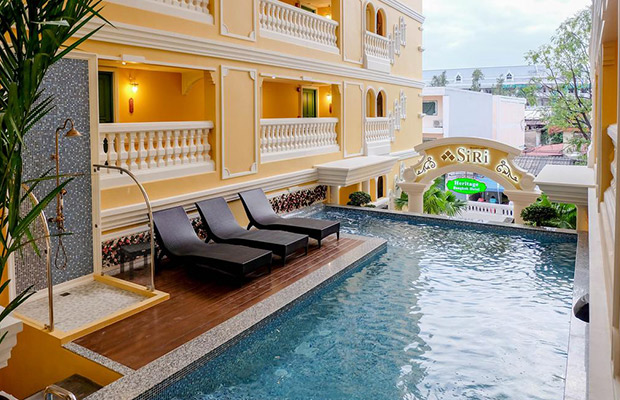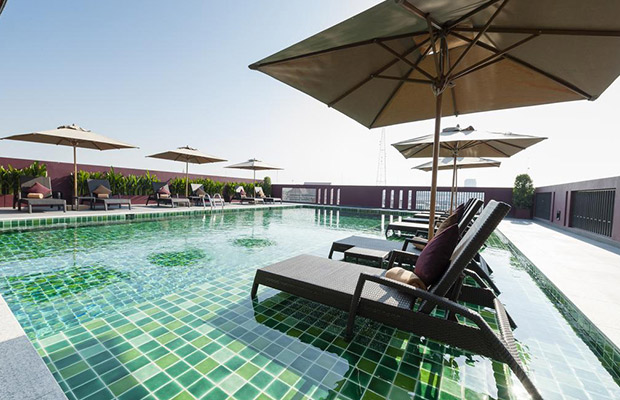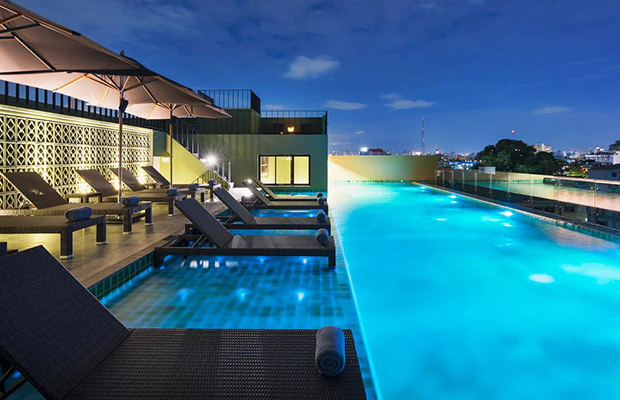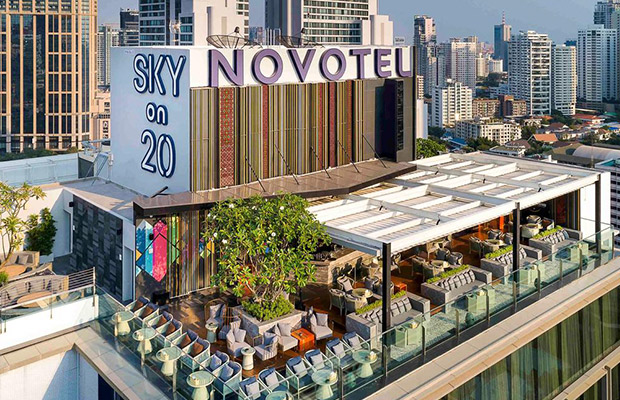Wat Phra Chetuphon (Wat Pho)
Wat Phra Chetuphon (Wat Pho)
Thailand
Bangkok
Bangkok Travel Guide
Book Tour & Activities
Your tour in Bangkok.
Book your stay
Your hotel in Bangkok.
Overview
Wat Pho (the Temple of the Reclining Buddha), or Wat Phra Chetuphon, is right behind the Temple of the Emerald Buddha – it’s a must-see for any first-time visitor to Bangkok. As one of the largest temple complexes in the city, it’s famed for its giant reclining Buddha that is 46 metres long, covered in gold leaf.
It’s an easy 10-minute walk between here and the Grand Palace, and we recommend coming to Wat Pho second because even though the golden Buddha here is just as popular, many people don’t take the time to wander around the rest of the complex, making for a more relaxing experience. Wat Pho is also a great place to get a traditional Thai massage. It’s often considered the leading school of massage in Thailand, so you really are in good hands here.
Wat Pho, also spelled Wat Po, is a Buddhist temple complex in the Phra Nakhon District, Bangkok, Thailand. It is on Rattanakosin Island, directly south of the Grand Palace. Known also as the Temple of the Reclining Buddha, its official name is Wat Phra Chetuphon Wimon Mangkhalaram Rajwaramahawihan The more commonly known name, Wat Pho, is a contraction of its older name, Wat Photaram.
The temple is first on the list of six temples in Thailand classed as the highest grade of the first-class royal temples. It is associated with King Rama I who rebuilt the temple complex on an earlier temple site. It became his main temple and is where some of his ashes are enshrined. The temple was later expanded and extensively renovated by Rama III. The temple complex houses the largest collection of Buddha images in Thailand, including a 46 m long reclining Buddha. The temple is considered the earliest centre for public education in Thailand, and the marble illustrations and inscriptions placed in the temple for public instructions has been recognised by UNESCO in its Memory of the World Programme. It houses a school of Thai medicine, and is also known as the birthplace of traditional Thai massage which is still taught and practiced at the temple.
History
Wat Pho is one of Bangkok's oldest temples. It existed before Bangkok was established as the capital by King Rama I. It was originally named Wat Photaram or Podharam, from which the name Wat Pho is derived.[4][9] The name refers to the monastery of the Bodhi tree in Bodh Gaya, India where Buddha is believed to have attained enlightenment. The date of the construction of the old temple and its founder are unknown, but it is thought to have been built or expanded during the reign of King Phetracha (1688–1703). The southern section of Wat Pho used to be occupied by part of a French Star fort that was demolished by King Phetracha after the 1688 Siege of Bangkok.
After the fall of Ayutthaya in 1767 to the Burmese, King Taksin moved the capital to Thonburi where he located his palace beside Wat Arun on the opposite side of the Chao Phraya River from Wat Pho. The proximity of Wat Pho to this royal palace elevated it to the status of a wat luang ('royal monastery').
In 1782, King Rama I moved the capital from Thonburi across the river to Bangkok and built the Grand Palace adjacent to Wat Pho. In 1788, he ordered the construction and renovation at the old temple site of Wat Pho, which had by then become dilapidated. The site, which was marshy and uneven, was drained and filled in before construction began. During its construction, Rama I also initiated a project to remove Buddha images from abandoned temples in Ayutthaya, Sukhothai, as well other sites in Thailand, and many of these retrieved Buddha images were kept at Wat Pho. These include the remnants of an enormous Buddha image from Ayuthaya's Wat Phra Si Sanphet destroyed by the Burmese in 1767, and these were incorporated into a chedi in the complex. The rebuilding took over seven years to complete. In 1801, twelve years after work began, the new temple complex was renamed Phra Chetuphon Vimolmangklavas in reference to the vihara of Jetavana, and it became the main temple for Rama I.
The complex underwent significant changes over the next 260 years, particularly during the reign of Rama III (1824-1851 CE). In 1832, King Rama III began renovating and enlarging the temple complex, a process that took 16 years and seven months to complete. The ground of the temple complex was expanded to 56 rai (22 acres), and most of the structures now present in Wat Pho were either built or rebuilt during this period, including the Chapel of the Reclining Buddha. He also turned the temple complex into a public center of learning by decorating the walls of the buildings with diagrams and inscriptions on various subjects. On 21 February 2008, these marble illustrations and inscriptions was registered in the Memory of the World Programme launched by UNESCO to promote, preserve and propagate the wisdom of the world heritage. Wat Pho is regarded as Thailand’s first university and a center for traditional Thai massage. It served as a medical teaching center in the mid-19th century before the advent of modern medicine, and the temple remains a center for traditional medicine today where a private school for Thai medicine founded in 1957 still operates.
The name of the complex was changed again to Wat Phra Chetuphon Vimolmangklararm during the reign of King Rama IV.[1] Apart from the construction of a fourth great chedi and minor modifications by Rama IV, there had been no significant changes to Wat Pho since. Repair work, however, is a continuing process, often funded by devotees of the temple. The temple was restored again in 1982 before the Bangkok Bicentennial Celebration.
The Reclining Buddha at Wat Pho
The highlight for most people visiting Wat Pho is the Reclining Buddha. The figures here are impressive: 15 metres tall, 46 metres long, so large that it feels like it’s been squeezed into the building. The Buddha's feet are 5 metres long and exquisitely decorated in mother-of-pearl illustrations of auspicious laksanas (characteristics) of the Buddha. The number 108 is significant, referring to the 108 positive actions and symbols that helped lead Buddha to perfection.
You’ll need to take your shoes off to enter, and if you’d like a little good luck, we recommend purchasing a bowl of coins at the entrance of the hall which you can drop in the 108 bronze bowls which line the length of the walls. Dropping the small pennies in makes a nice ringing sound and even if your wishes don’t come true, the money goes towards helping the monks renovate and preserve Wat Pho. As this is a revered image, all visitors must wear appropriate clothing – no exposed shoulders or skin above the knee.
Good to know about Wat Pho
Wat Pho was the first public university in Thailand, specialising in religion, science and literature. It is now more well-known as a centre for traditional massage and medicine. After a walk around the temple, there’s nothing quite like a relaxing foot or head and shoulder massage. If you've never tried a traditional Thai massage, Wat Pho is a good place to experience it.
It's quite different from most other forms of therapeutic massage and tends to be invigorating rather than relaxing, incorporating yoga style postures to relieve stress and improve blood circulation. This is a very popular activity at Wat Pho temple, so we recommend you pop in before your treatment to book a spot, or you might end up with a long wait.
You can find Wat Pho on Maharat Road, close to the river (within a kilometre south of the Grand Palace) in the Old Town (Rattanakosin).
Wat Pho in Bangkok
- Location: Maharat Road, Phra Nakhon, Bangkok 10200, Thailand
- Founder: Rama I
- Completed: 1788
- Sect: Theravada
- Open: Daily from 8.30am to 6.30pm (massage available until 6pm)
- Phone: +66 (0)2 226 0335
Video Travel Inspiration
See Wat Phra Chetuphon (Wat Pho) on Map
Most Popular Cities

Siem Reap
Cambodia
Ho Chi Minh City
Vietnam
Beijing
China
Paris
France
London
United Kingdom
New York
USA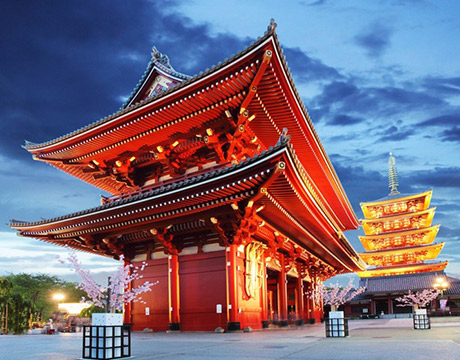
Tokyo
Japan
Bangkok
Thailand
Seoul
South Korea
Vientiane
Laos
Yangon
Myanmar
Washington DC
USA
Los Angeles
USA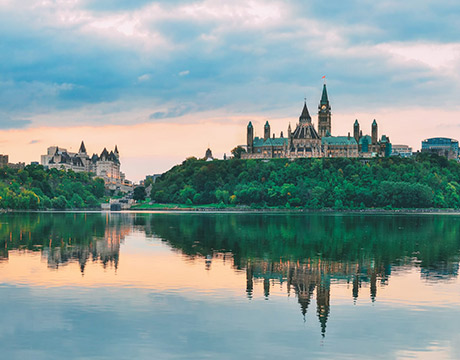
Ottawa
Canada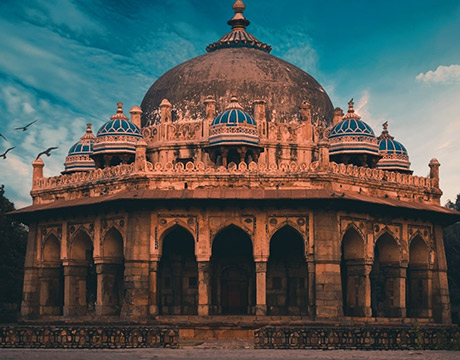
New Delhi
India
Singapore
Singapore
Kuala Lumpur
Malaysia
 English
English French
French Khmer
Khmer Thai
Thai Vietnamese
Vietnamese Chinese
Chinese Korean
Korean German
German Japanese
Japanese Italian
Italian Russian
Russian Spanish
Spanish Dutch
Dutch Indonesian
Indonesian Malay
Malay



